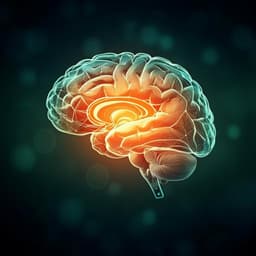
Psychology
Walking modulates visual detection performance according to stride cycle phase
M. J. Davidson, F. A. J. Verstraten, et al.
Discover how the simple act of walking can significantly influence visual perception! This groundbreaking research conducted by Matthew J. Davidson, Frans A. J. Verstraten, and David Alais reveals that walking rhythmically enhances visual detection performance, uncovering intriguing oscillations in accuracy and reaction times. Learn how the natural swing phase of walking can optimize our sensory processing!
Playback language: English
Related Publications
Explore these studies to deepen your understanding of the subject.







